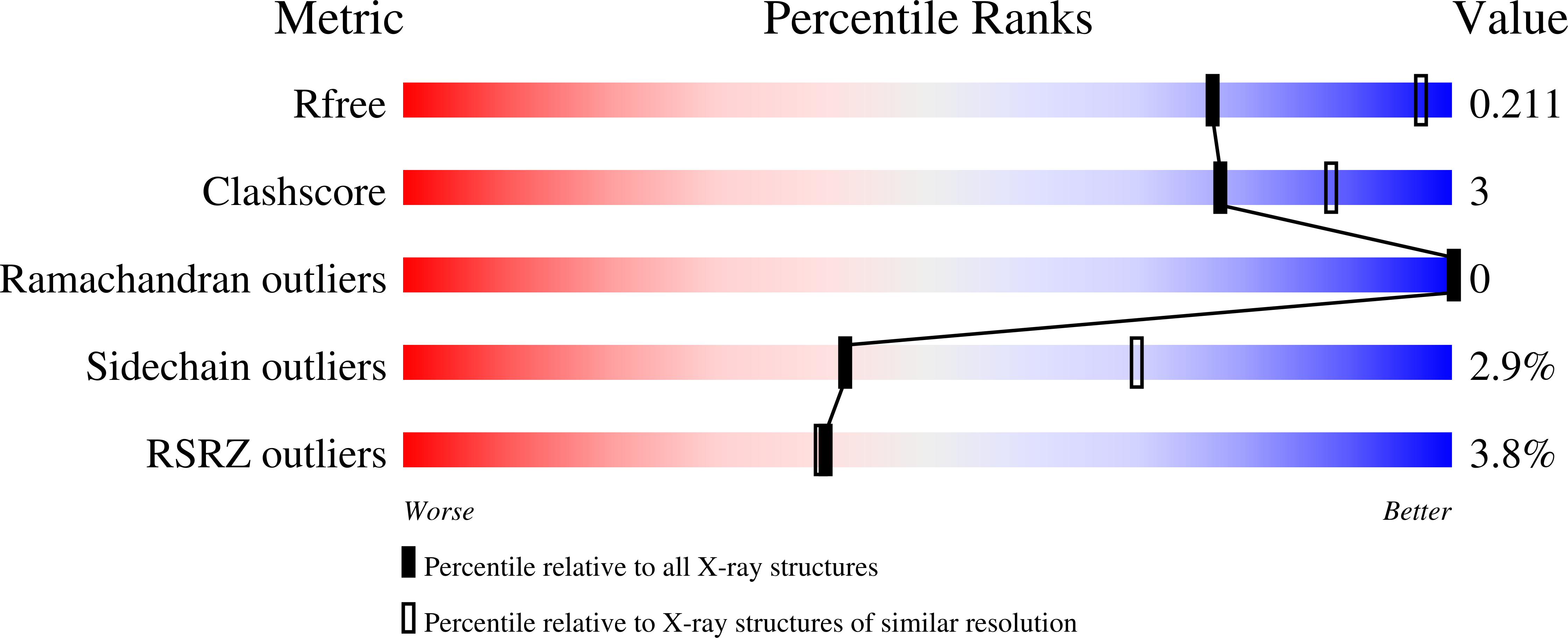
Deposition Date
2018-09-14
Release Date
2019-02-20
Last Version Date
2024-06-19
Entry Detail
PDB ID:
6HN6
Keywords:
Title:
A revisited version of the apo structure of the ligand-binding domain of the human nuclear receptor RXR-ALPHA
Biological Source:
Source Organism:
Homo sapiens (Taxon ID: 9606)
Host Organism:
Method Details:
Experimental Method:
Resolution:
2.71 Å
R-Value Free:
0.23
R-Value Work:
0.17
R-Value Observed:
0.17
Space Group:
P 63 2 2


